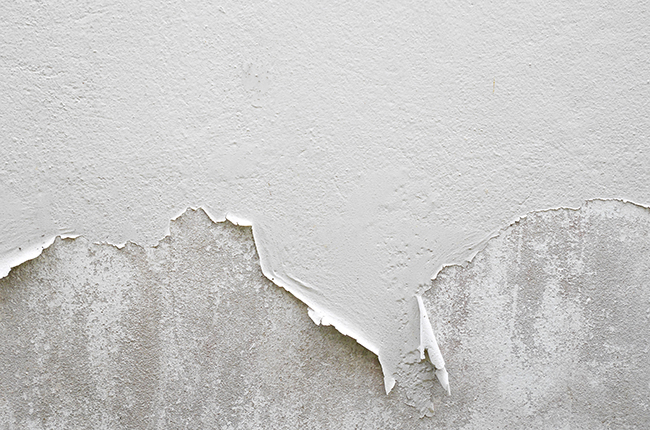The Environmental Protection Agency announced July 12 “a proposal to strengthen requirements for the removal of lead-based paint hazards in pre-1978 buildings and child care facilities… to better protect children and communities from the harmful effects of exposure to dust generated from lead paint…” The agency estimates that the rule, if finalized, could “reduce the lead exposures of approximately 250,000 to 500,000 children under age six per year,” in furtherance of the Federal Action Plan to Reduce Childhood Lead Exposures and Associated Health Effects — a product of the President’s Task Force on Environmental Health Risks and Safety Risks to Children, which was established in 1997.
While the use of lead-based paint for residential use was banned in 1978, the EPA estimates that “31 million pre-1978 houses contained lead-based paint, and 3.8 million of them have one or more children under the age of 6 living there, creating health and developmental risks for children.” According to the EPA, “lead exposure can post a significant health and safety threat to children and can cause irreversible and life-long health effects, including behavioral problems, lower IQ, slowed growth and more.”
The proposed rule would revise the dust-lead hazard standards (DLHS), “which identify hazardous lead in dust on floors and window sills, and the dust-lead clearance levels (DLCL), the amount of lead that can remain in dust on floors, window sills and window troughs after lead removal activities.” It would reduce the DLHS from 10 micrograms per square foot for floors, and 100 micrograms per square foot for windowsills, to “any reportable level greater than zero in recognition of the fact that there is no level of lead in dust that has been found to be safe for children.”
Essentially, any amount of lead dust on floors and windowsills would qualify as hazardous. The proposal would also lower the DLCL to the lowest post-abatement dust-lead levels that can be reliably achieved.
Who would be affected by this proposal? Property owners and child-care facilities, which would be required to inspect and remediate (i.e., pay for abatement). Given the proposal aims to place the acceptable levels at virtually zero, this could come at a significant expense. Public comment on the proposal will be open for 60 days following publication. Additionally, the EPA and the U.S. Department of Housing and Urban Development are planning a virtual public workshop in October in contemplation of a revision to the federal definition of “lead-based paint.”

